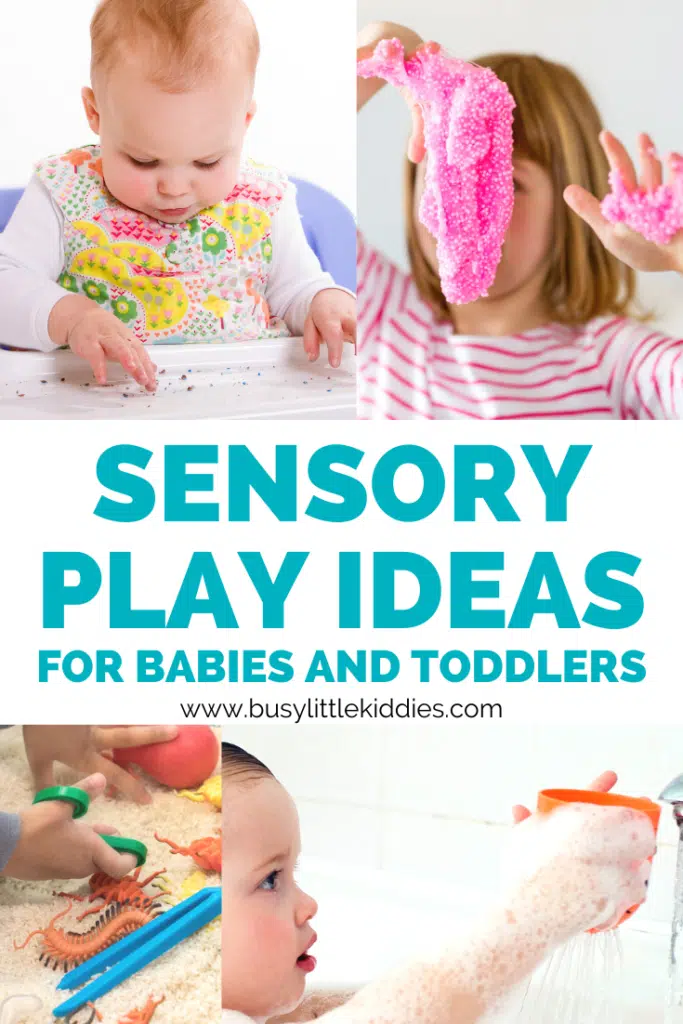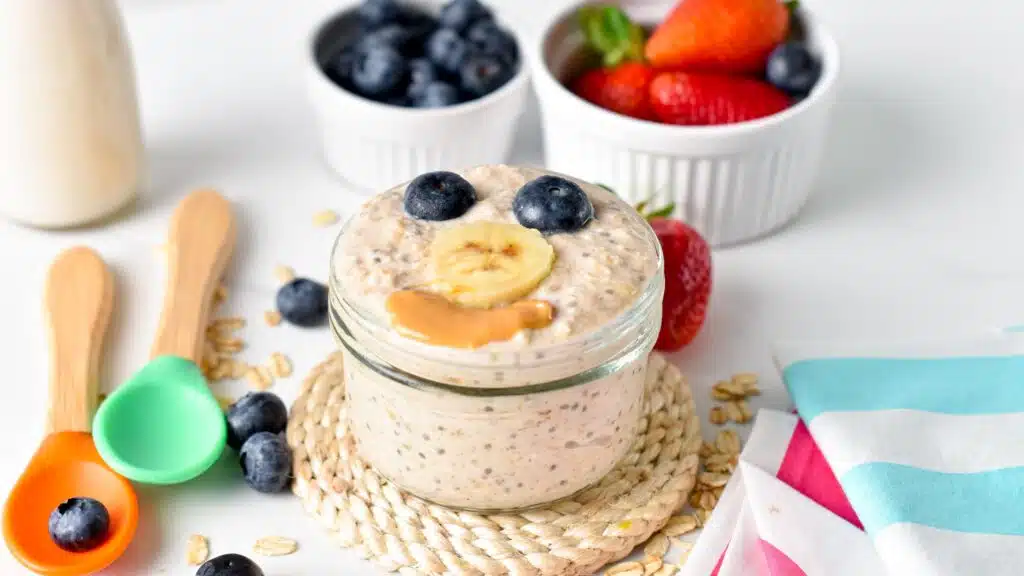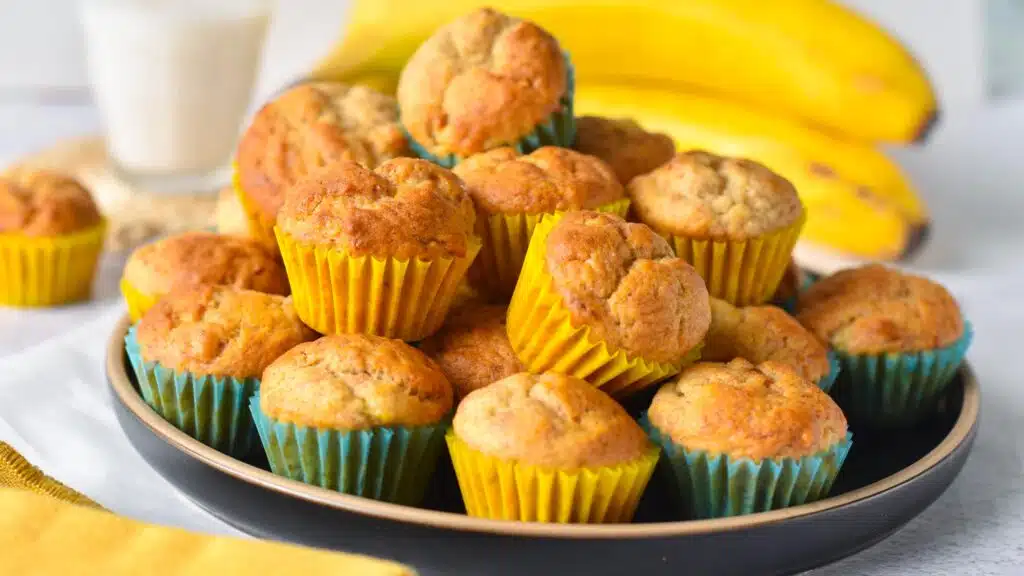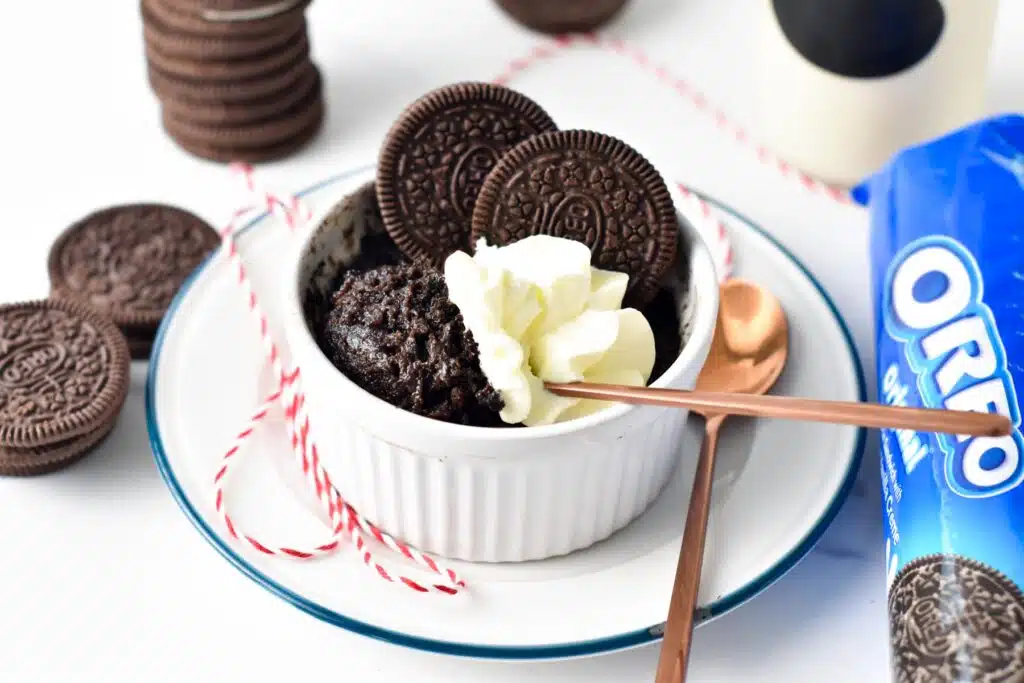To understand why sensory play is important for toddlers and preschoolers, we have to look at how our brain transforms sensations into actions and emotions.
It’s well known that the human body uses its five senses to receive sensory information from its surroundings and sends it to the brain to process it and perceive our world.

What is sensory play?
Sensory play simply refers to any activities that stimulate one or more of the body’s five senses and send us information that triggers our emotions, actions, social interactions, or thinking.
The 5 senses that can be involved in sensory play are:
- Touch – that’s the first sense we develop. As a result, it’s the best sense to stimulate sensory play for 6 months old and older We perceive touch through our skins through pressure, temperature, vibration, or pain.
- Sound
- Sight
- Smell
- Taste
Benefits of Sensory Play
The importance of sensory play in kid’s development has been proven for many years to help kids build their cognitive skills. There’s no age to start sensory play with your little one. Brain development starts from birth and can be stimulated anytime.
Some of the many benefits of sensory play are:
- Motor skills – it improves coordination and encourages writing, drawing, talking, walking.
- Social skills – our senses are closely connected to our emotions.
- Language development – improve communication and cooperation.
- Problem-solving – It stimulates critical reasoning.
- Calming – help relax agitated kids.
The benefits of sensory play for infants and toddlers are so important that it should be part of their daily growth. Below I listed some sensory play ideas for any stages of a kid’s life.
When to start sensory play with babies?
Sensory play starts from birth. For newborn from 0 to 5 months of age, it involves elementary activities that help your baby discover its surrounding with simple baby play activities like:
- Cuddles – skin-to-skin contact, face touching.
- Breastfeeding
- Talking and singing
- Kissing
- Bath time
- Listened to music or the sound of nature
- Massage
- Bicycle legs
- Sensory blankets
- Outdoor sensory activities like outside walks in different ways, in your arm or pram, to feel the wind, the smell of nature.
Sensory play for infants
Sensory play for infants from 5 month to 1 year of age involves more senses, like taste as you can introduce food to your baby around 6 months. Your baby vision and movement are also improving and there are many sensory activities that can be added.
Try some of the activities below based on the ability and age of your baby:
- Movement – improve their gross motor skills by offering a few minutes of tummy time or back time on different areas like a mat or in the grass.
- Edible play – tasting and touching food is a great way to stimulate all our 5 senses. As soon as your infant is ready to transition to solids, let them touch and feel their food. It’s messy but a great simple edible sensory play. Provide different homemade baby food based on their age to involve different temperatures, textures, and flavors.
- Sensory blankets – touching different fabrics or some that make sounds is fun for infants and surprising.
- Natural material – let them feel nature, grass, leaves, sand, dirt, water.
- Light – light boxes, shadow puppets are fun ways to make babies discover light.
- Music – any baby-safe toy that is light and safe to shake to make sounds.
Sensory play for toddlers
Sensory activities for toddlers from 1 year to 3 years old involve more simple daily activities like:
- Food from the garden – take your kids to the garden, show them how they can pick their own food, let them touch, taste, and explore even the most surprising flavors like spicy, sour, or bitter food like lemon, chili, fresh herbs.
- Water play activities – toddlers love splashing water! Apart from bath time, you can involve your child’s senses using water with simple backyard sensory play activities. For example, you can set a water table with toys, ice cubes, buckets, and more! Or you can create a garden sensory bin, provide buckets, water cans and ask them to play the little gardener. As they grow, show them the different states of water. With ice cubes, let them touch and see the ice melt.
- Dough – this is the best way to discover different textures and also develop your kid’s imagination, creativity as they can create things using my 2-ingredients cloud dough recipe or super-soft playdough recipe.
- Sensory bottles or sensory bags
- Painting – provide paintbrushes or pieces of sponge to develop kids’ fine motor skills. Or, for 1-year olds, let them use their own fingers and make your own edible paint.
- Kids crafts – let them glue, write, shred, tear, paper. For toddlers around 3 years old, you can also let them use toddler-safe scissors and teach them how to cut things.
Sensory play for preschoolers
The benefits of sensory play in preschool help young children learn basic math, literacy, and scientific concepts. It involves very similar activities to the ones for infants but with more complex actions or tools. For example, some sensory activities for kids from 3-6 years old are:
- Water play – water sensory play is for any age! But kids from 3 to 6 years old are more active and confident to run, jump, throw and explore. Some water play ideas that involve exercises are jumping on a trampoline and getting splashed with a hose. Or jump into a trampoline mat full of water balloons and pop them with their feet. Throwing water balloons on a wall into a target or playing tag in a kids-safe pool.
- Science play – preschoolers are little explorers, and there are many simple science experiments you can do at home to improve their thinking skills. Making a volcano using baking soda and vinegar and watching it burst. Or freezing toys in silicone molds filled with water and adding these into their bathtub to watch the ice melt.
- Slime – like playdough, slime stimulates their touch with a new texture.
- Shaving cream sensory play
- Salt dough – preschoolers love to create things and objects. My 3-ingredient salt dough recipe is a great dough to create kid jewelry, ornaments, or dinosaur footprints! Let them roll, carve and paint the dough to create their own things.
- Sensory bins – or sensory play tables are great games to play and discover different textures. It consists of boxes filled with natural fillers, like colored pasta, rice, cereals, where you can hide things and ask kids to explore. For preschoolers, hide some letters, numbers or ask them to count or sort objects per color.
- Lego – construction games are great for improving their 3D skills and fine motor skills.
- Drawing, painting, coloring, and cutting – all these simple activities give strength to their wrist to improve their writing skills for school.
- Jell-O sensory play




